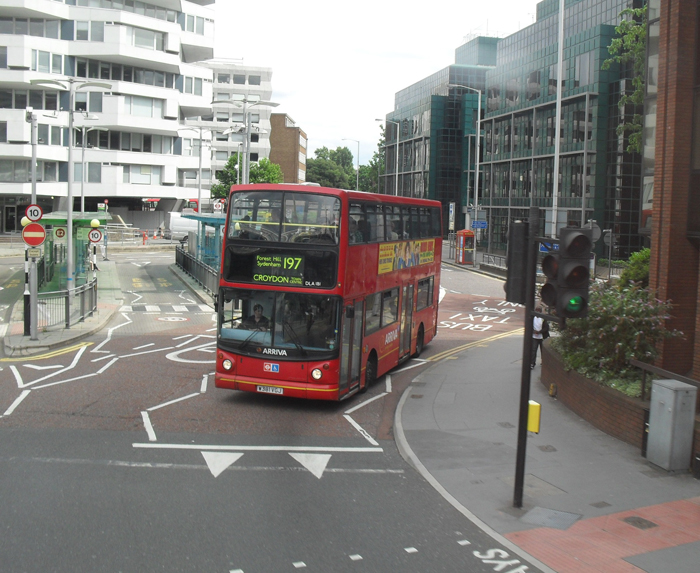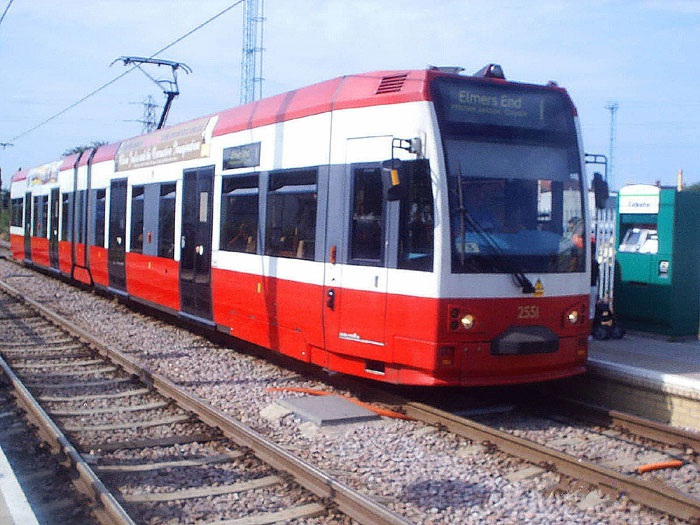Using the ERF to strengthen the case for the Tram link to come to Sutton
(Adapted from Sustainable Energy without the hot air by David JC McKay)
It only requires 9 KWHrs of energy per 100 people per kilometre against 68 KWhrs per 100 people per kilometre travelling by car or 32Kwrs per 100 people per kilometre by a London bus if Sutton could link up with the Tram link and power it using the ERF then the savings in CO2 would be huge.
What’s the average energy-consumption of public transport systems, and what’s a realistic appraisal of how good they could be?
In 2006–7, the total energy cost of all London’s underground trains, including lighting, lifts, depots, and workshops, was 15 kWh per 100 p-km – five times better than a car. In 2006–7 the energy cost of all London buses was 32 kWh per 100 p-km. Energy cost is not the only thing that matters, of course.
Passengers care about speed: and the underground trains delivered higher speeds (an average of 33 km/h) than buses (18 km/h). Manager’s care about financial costs: the staff costs, per passenger-km, of underground trains are less than those of buses.
Electric Trams and trains can make a large reduction in energy consumption, and independence from fossil fuels. Buses and coaches have obvious advantages of simplicity and flexibility, but keeping this flexibility at the same time as getting buses and coaches to work without fossil fuels may be a challenge.
To summarise, public transport (especially electric trains, trams, and buses) seems a promising way to deliver passenger transportation – better in terms of energy per passenger-km, perhaps five or ten times better than cars.
Powering our public transport system from waste is much better than using diesel and burying the waste in the ground.

32 kWh per 100 p-km

